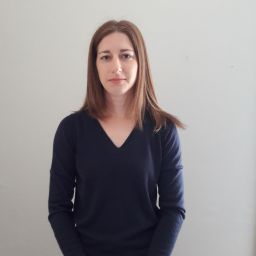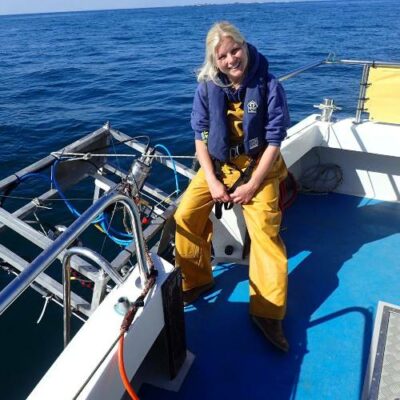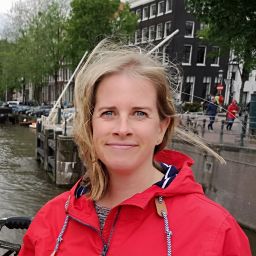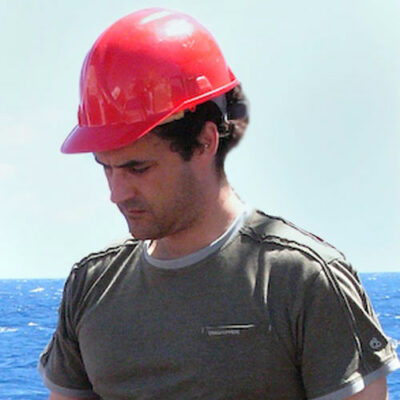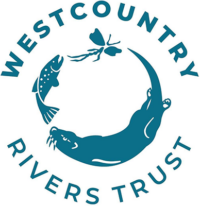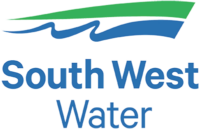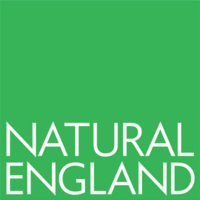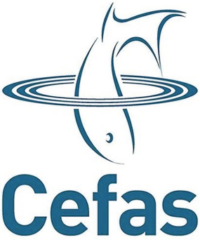Lyme Bay & UK wide
2019-2022
Project Code: 019D
Developing evidence to support Food Standards Agency consideration of adopting a more flexible, risk-based approach to shellfish food safety assessment and testing
Project team
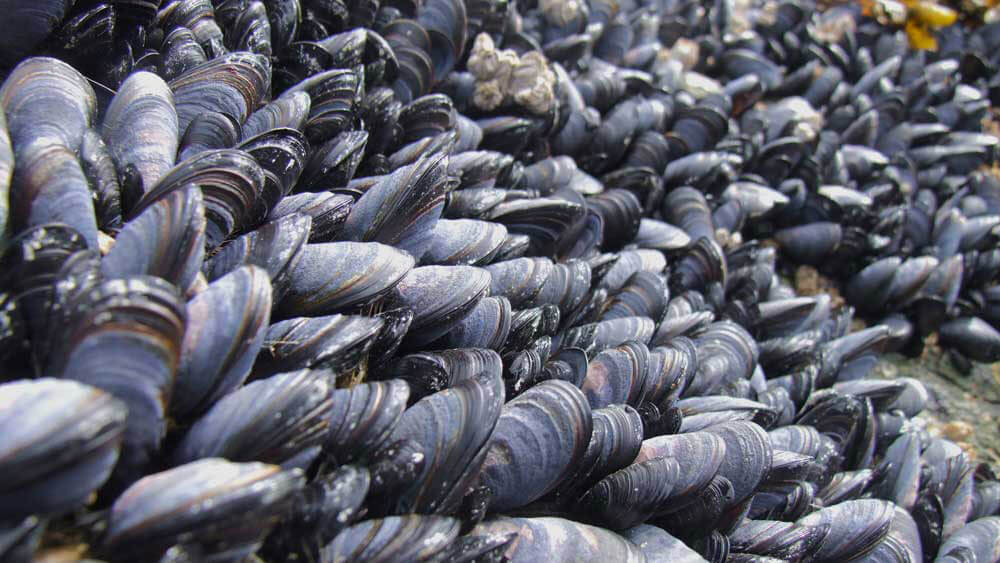
Partners
What we did
- Investigation work around incidences of offshore faecal pollution – Paper ‘Identifying possible sources of faecal pollution in coastal shellfish waters using particle back trajectory modelling’ submitted to the journal ‘Environmental Monitoring and Assessment’. Report with Food Standards Agency.
- Baseline review of SW mariculture sector – presented at the Aquaculture ResearCh Hub ARCH-UK meeting (21 April 2021).
‘A seafood risk tool for assessing and mitigating chemical and pathogen hazards in the aquaculture supply chain’ paper is available here.
Impacts & benefits
Business support – Support was given to Offshore Shellfisheries Ltd through the back-trajectory particle modelling to identify (possibly anomalous) FSA test results indicting that sources of faecal pollution were found to be present in waters at their offshore mussel rope cultivation sites in Lyme Bay.
Looking to the future
When published (anticipated in 2023), the investigation ‘Identifying possible sources of faecal pollution in coastal shellfish waters using particle back trajectory modelling’, will be considered by the Food Standards Agency as evidence to support a more flexible approach to shellfish hygiene testing in the face of potentially anomalous results.



